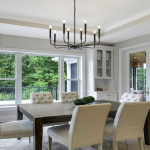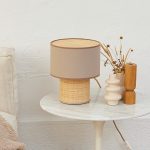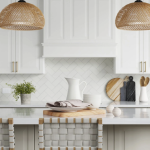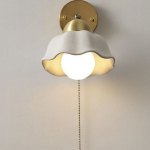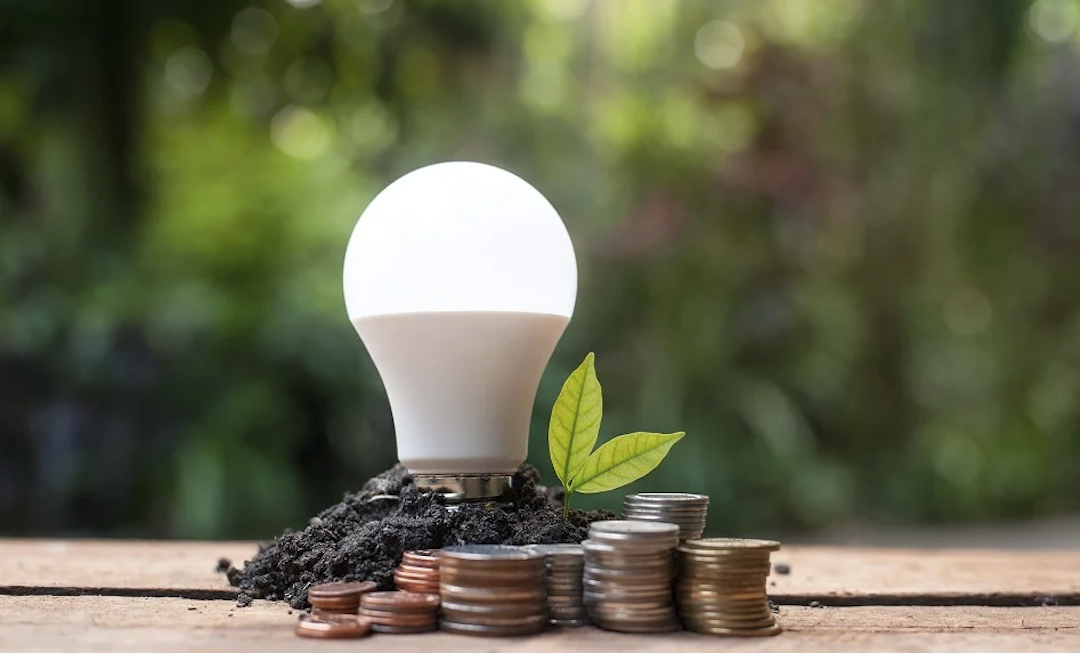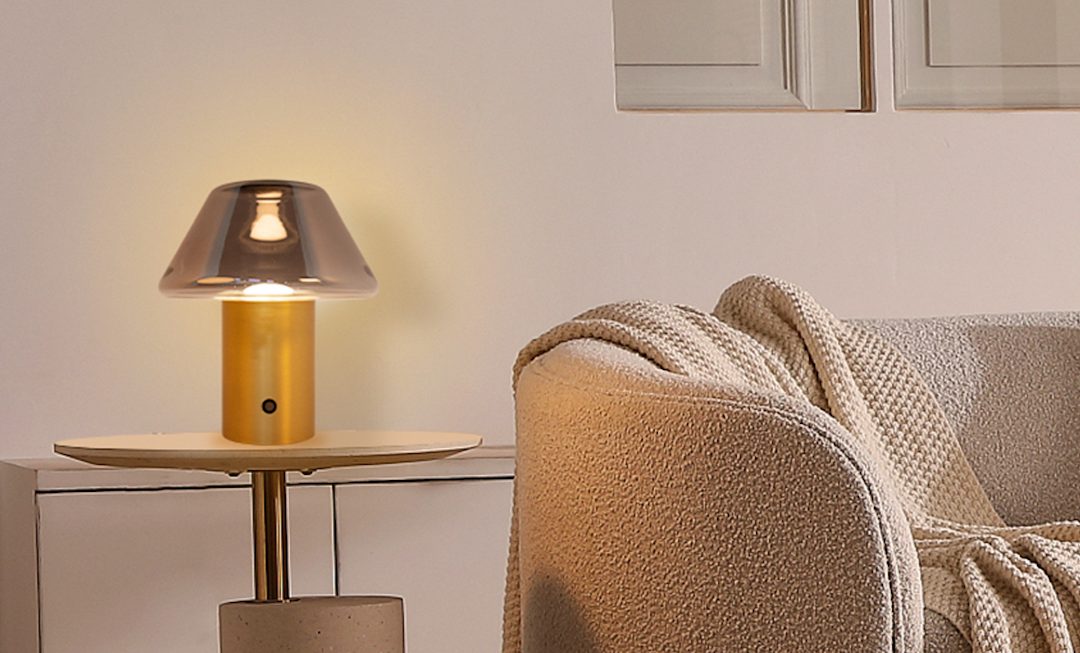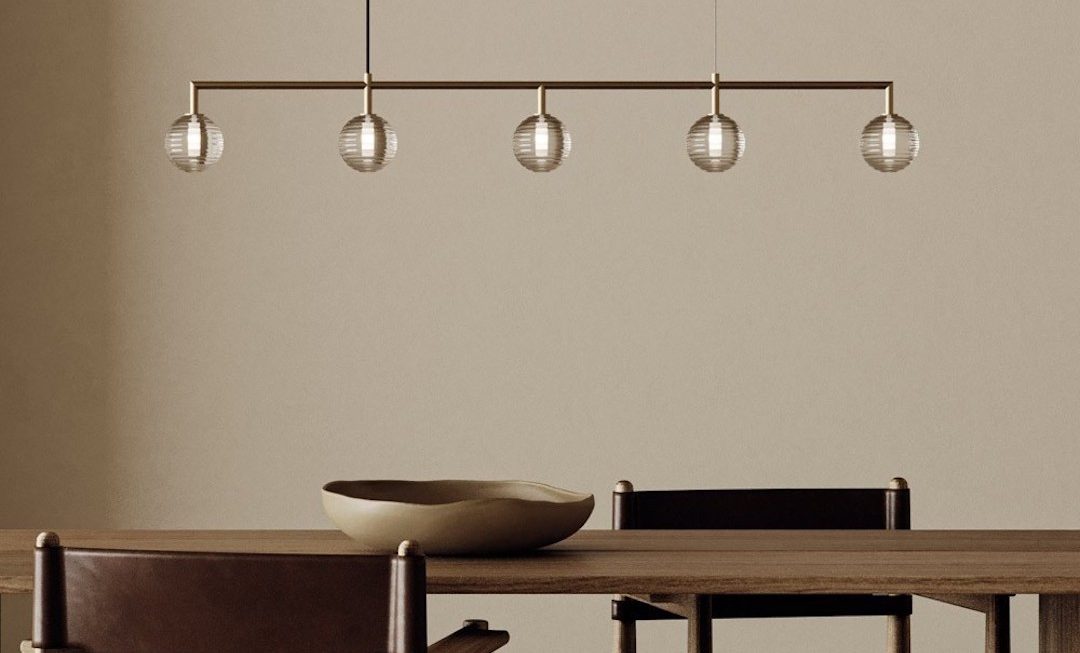LED lamps, or light-emitting diode lamps, have revolutionized the lighting industry with their energy efficiency, longevity, and versatility. Unlike traditional incandescent or fluorescent bulbs, LED lamps produce light by passing an electrical current through a semiconductor material, which emits photons. This process is much more efficient than the heating of a filament in incandescent bulbs or the use of mercury vapor in fluorescent bulbs. LED lamps are available in a wide range of colors and brightness levels, making them suitable for a variety of applications, from residential lighting to commercial and industrial use. With their numerous benefits, LED lamps have become the preferred choice for many consumers and businesses looking to reduce energy costs and environmental impact.
LED lamps have gained popularity due to their energy efficiency, cost savings, longevity, durability, environmental impact, versatility, and design. These lamps are also known for their health and safety benefits. In this article, we will explore each of these aspects in detail to provide a comprehensive understanding of the advantages of LED lamps and why they are a superior lighting option in today’s market.
Energy Efficiency and Cost Savings
One of the most significant advantages of LED lamps is their energy efficiency. LED lamps use significantly less energy than traditional incandescent or fluorescent bulbs to produce the same amount of light. This means that consumers and businesses can save on their electricity bills by switching to LED lighting. Additionally, LED lamps have a longer lifespan than traditional bulbs, which means they need to be replaced less frequently, further reducing maintenance and replacement costs. While the initial cost of LED lamps may be higher than traditional bulbs, the long-term cost savings make them a more economical choice.
LED lamps are designed to be highly energy-efficient, using up to 80% less energy than traditional incandescent bulbs. This not only reduces electricity costs but also lowers carbon emissions, making LED lighting an environmentally friendly choice. The energy efficiency of LED lamps also makes them ideal for off-grid or solar-powered lighting systems, where every watt of electricity is precious. Overall, the cost savings and energy efficiency of LED lamps make them a smart investment for both residential and commercial lighting needs.
Longevity and Durability
LED lamps are known for their exceptional longevity and durability. Unlike traditional incandescent bulbs, which have a relatively short lifespan, LED lamps can last for tens of thousands of hours. This means that LED lamps can continue to provide high-quality light for many years without needing to be replaced. The durability of LED lamps also makes them resistant to shock, vibration, and temperature changes, making them suitable for a wide range of environments and applications.
The longevity and durability of LED lamps make them an attractive option for both residential and commercial use. In residential settings, LED lamps can provide reliable lighting for years without the need for frequent bulb replacements. In commercial and industrial settings, where lighting is often used for extended periods, the long lifespan of LED lamps can result in significant cost savings on maintenance and replacement. Overall, the longevity and durability of LED lamps make them a practical and reliable lighting solution for any application.
Environmental Impact
LED lamps have a significantly lower environmental impact compared to traditional incandescent or fluorescent bulbs. The energy efficiency of LED lamps means that they consume less electricity, reducing the demand for fossil fuels and lowering carbon emissions. Additionally, LED lamps do not contain hazardous materials such as mercury, which is commonly found in fluorescent bulbs. This means that LED lamps are safer to dispose of and do not pose a risk to the environment or human health.
The environmental impact of LED lamps extends beyond their energy efficiency and lack of hazardous materials. The long lifespan of LED lamps means that they need to be replaced less frequently, reducing the amount of waste generated from discarded bulbs. Furthermore, the durability of LED lamps means that they are less likely to break or fail prematurely, further reducing waste. Overall, the environmental impact of LED lamps is significantly lower than that of traditional bulbs, making them a more sustainable choice for lighting needs.
Versatility and Design
LED lamps are available in a wide range of colors, brightness levels, and designs, making them highly versatile for various applications. Whether you need warm white light for a cozy living room or bright white light for a commercial space, there is an LED lamp to suit your needs. Additionally, LED lamps can be dimmable, allowing users to adjust the brightness to create the desired ambiance. The versatility of LED lamps makes them suitable for a wide range of applications, from task lighting to decorative accent lighting.
In addition to their versatility, LED lamps are available in various designs to complement any aesthetic preference. From sleek and modern designs to vintage-inspired styles, there is an LED lamp to suit every decor style. The compact size of LED lamps also allows for creative and innovative lighting designs that were not possible with traditional bulbs. Overall, the versatility and design options of LED lamps make them a popular choice for consumers and businesses looking for customizable lighting solutions.
Health and Safety Benefits

LED lamps offer several health and safety benefits compared to traditional incandescent or fluorescent bulbs. Unlike incandescent bulbs, which emit heat as a byproduct of producing light, LED lamps remain cool to the touch even after extended use. This reduces the risk of burns or fire hazards, making LED lamps safer for use in homes with children or pets. Additionally, LED lamps do not emit UV radiation or contain hazardous materials such as mercury, making them safer for human health and the environment.
The quality of light produced by LED lamps also offers health benefits compared to traditional bulbs. LED lamps produce a flicker-free light that is easy on the eyes and does not cause eye strain or fatigue. This makes LED lighting ideal for tasks that require prolonged periods of concentration or focus. Furthermore, the color rendering index (CRI) of LED lamps is often higher than that of traditional bulbs, meaning that they can accurately reproduce colors and details in a way that is more natural and pleasing to the eye. Overall, the health and safety benefits of LED lamps make them a superior choice for any lighting application.
Conclusion and Recommendations
In conclusion, LED lamps offer numerous advantages over traditional incandescent or fluorescent bulbs in terms of energy efficiency, cost savings, longevity, durability, environmental impact, versatility, design, health, and safety benefits. With their long lifespan, low energy consumption, and minimal environmental impact, LED lamps are a smart investment for both residential and commercial lighting needs. Additionally, the versatility and design options of LED lamps make them suitable for a wide range of applications and aesthetic preferences.
Based on the numerous benefits of LED lamps outlined in this article, it is recommended that consumers and businesses consider making the switch to LED lighting for their lighting needs. While the initial cost of LED lamps may be higher than traditional bulbs, the long-term cost savings and environmental benefits make them a worthwhile investment. Whether you are looking to reduce your energy costs, minimize your environmental impact, or improve the quality of light in your space, LED lamps offer a superior lighting solution that is both practical and sustainable. Overall, LED lamps have proven themselves as the future of lighting technology and are an excellent choice for anyone looking to upgrade their lighting system.

